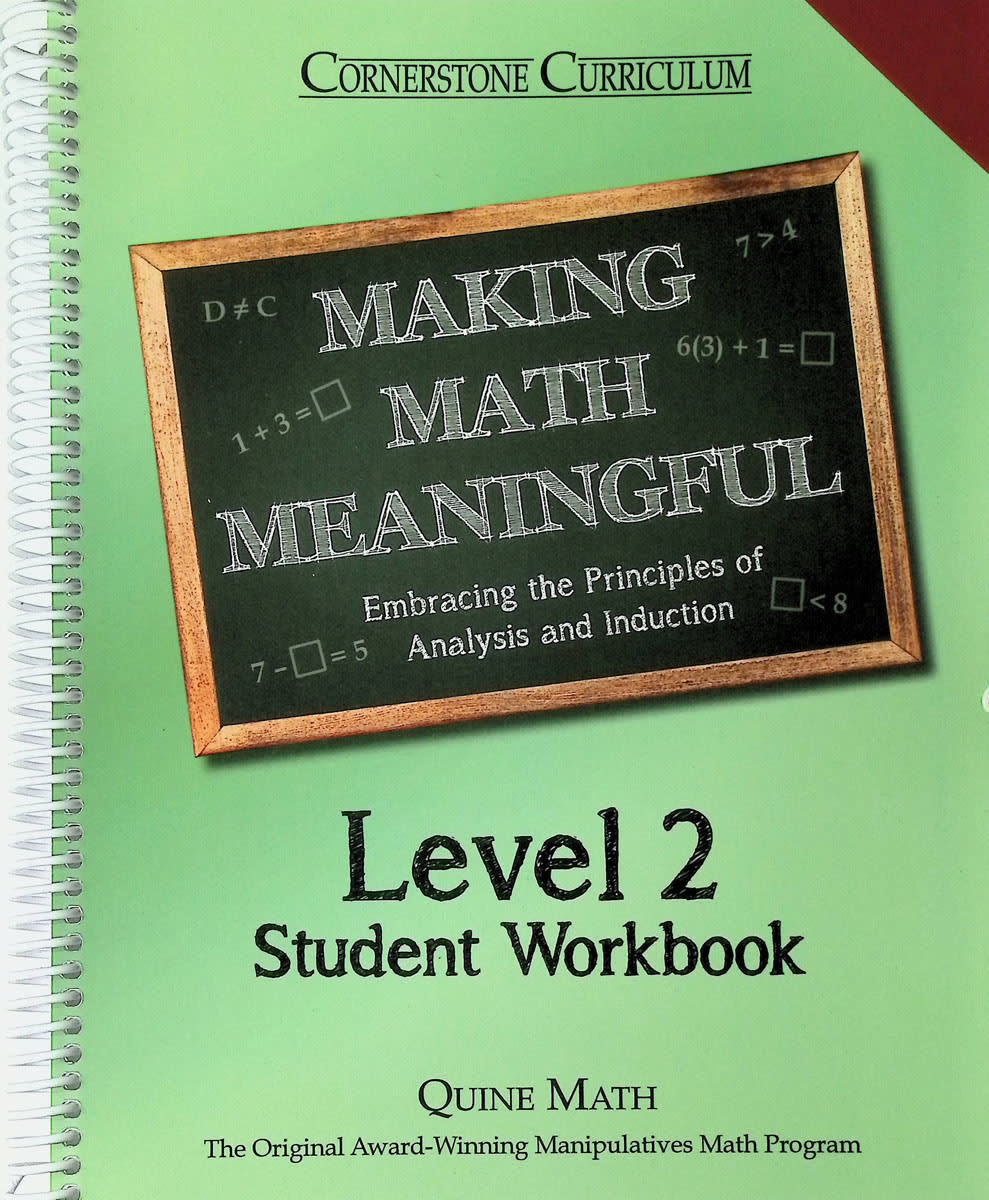Following the Charlotte Mason philosophy and teaching methods, Making Math Meaningful is a complete math program for Levels K-6 that focuses on conceptual reasoning from a Biblical Worldview. Levels K-4 are student-teacher interactive, while levels 5-6 are written directly to the student. The Parent Guide (K-4) consists of a series of highly organized activities, or lessons. Chapter objectives are clearly stated. Each lesson is separated into "What I am to Say" and "What I am to Do" sections that the teacher can easily follow. There are three basic lesson types: Observation (Exploring), Interpretation (Explaining) and Application (Expanding) the Concept. While the lesson titles are slightly different between the editions, the instructional focus is the same. In Observation, the child investigates a concept. Manipulatives are used in levels K-4 to provide concrete examples and practice. In Interpretation, math terminology and/or the math formula is given. In Application, the child practices the concept or skill.
A suggested teaching schedule is provided, but the teacher should move at the student's pace. The author recommends that children be taught math during longer periods of time, 1.5-2 hours, for 2-3 days a week. This provides sufficient time for the teacher to introduce whole concepts and the student to digest the information. If a grade level is completed before the school year ends, move to the next level. Otherwise, continue at the student's pace, allowing him as much time as necessary to master the concepts. After completing Level 6, students should be ready for Algebra I.
Level K-4 Sets consist of a Parent-Teacher Guide (includes answers to the workbook exercises) and a Student Workbook. Level 5 has a Student Directed Workbook that only provides answers at the end of the workbook. Level 6 has a Student Directed Text only, with answers at the end of the text. Also available is a Manipulative Kit for grades K-4 that includes 50 Unifix Cubes, 100 Counting Chips, and 100 Connecting Links. Other required materials are listed at the beginning of the Parent Guide and with each lesson and can generally be found around the house.


